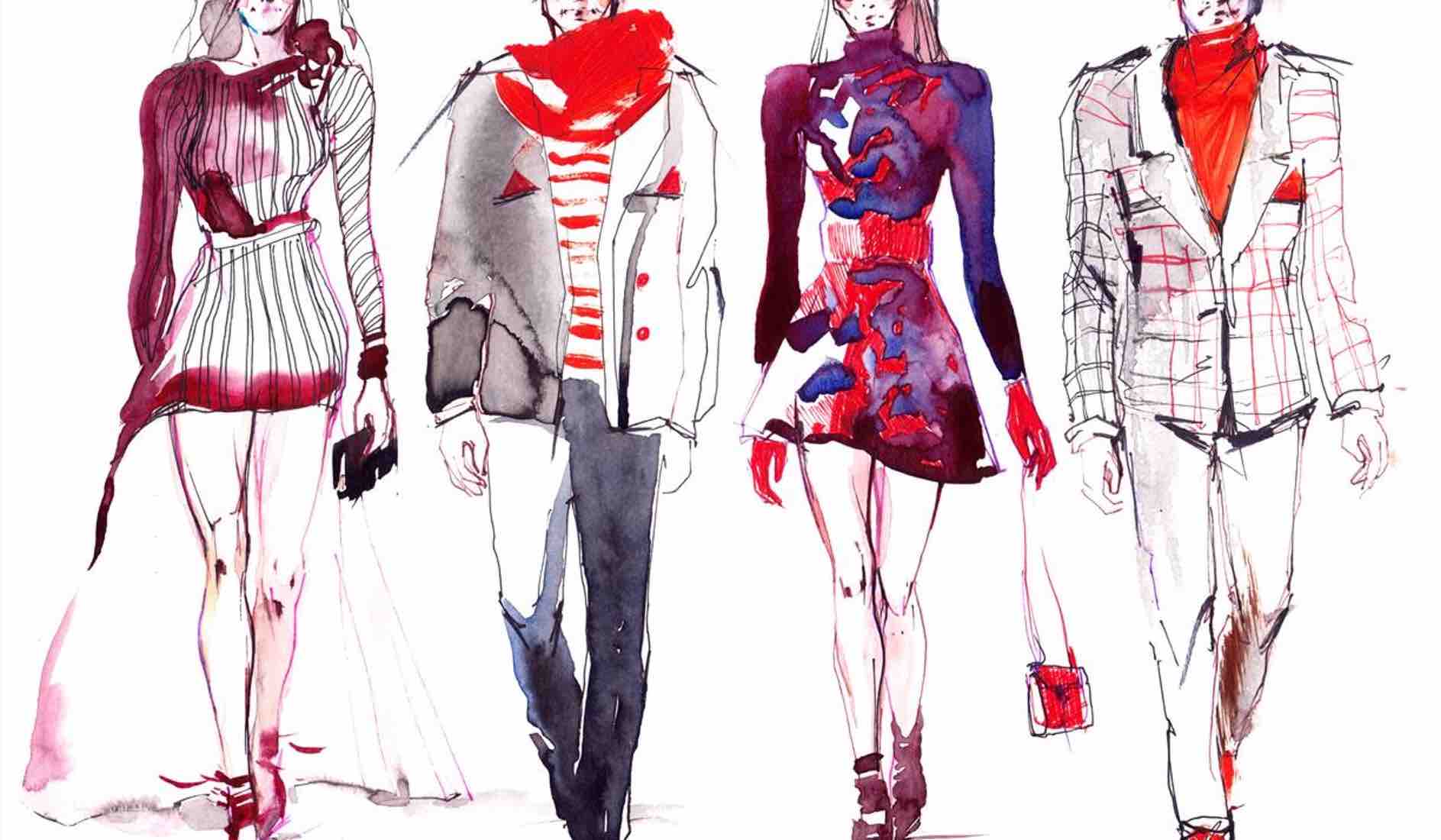“What you wear is how you present yourself to the world, especially today, when human contacts are so quick. Fashion is instant language.”
—Miuccia Prada
Fashion is the one element that travels parallelly with time. Right from adorning the dynasties to dressing up the commoners, fashion is considerably a mark of identity.
Call it anyone’s style, forge, or passion. The one word sums up all. “Fashion”. The term can lift your head high and give you a moment of pride.
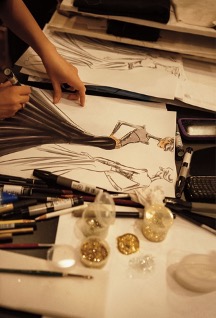

Fashion and the World Economy
The United States and China top the list in demand for apparel followed by the United Kingdom, Germany, and Japan.
The State of the Fashion 2023, a comprehensive research report by McKinsey discusses key topics behind the global fashion industry and the important economic trends. The report proclaims that the fashion industry needs to relook at its business and hone profitability by broadening the planning, building greater price muscle, and focusing on the bottom line to have effective supply chain management. The fashion industry is one where the stakeholders have to update their knowledge, skillset, ideas, and business plans constantly to evolve.
The Erstwhile Fashion Weeks
The Big 4 Fashion Weeks held in New York, Paris, London, and Milan are held twice a year. The cities are the fashion capitals of the globe. New York, “the city that never sleeps” held the first-ever fashion show at the beginning of the 20th century. Then France followed suit to become “The Mecca of Fashion”. Do you know that a fashion week in Milan garners a minimum of 30 million Euros spending in travel, hotels, and restaurants?
Fast Fashion and Sustainability: The Eternal War
The fashion industry is the second big reason for pollution after oil and gas. As the name indicates, fast fashion implies large production of clothes to create fashion trends that promote impulsive buying among consumers. The low price of the clothes in the market is the catch and it is characterised by quick and cheap production techniques. Not only this, the fast fashion brands dictate monopoly in the space. Surprisingly the brands like H&M, Zara, and Forever 21 which have become household names are fast fashion brands.
Small sellers or digital brands selling through social media are also actively encouraging sustainable fashion.
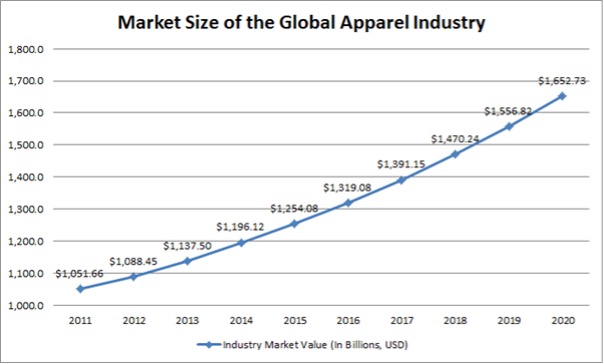
The Dark Side of the Fashion Industry
The late creative director of Chanel, who died in 2019, was a behemoth in the fashion world. Yet his list of accomplishments was almost as long as his list of controversies. He also claimed in a 2009 interview that “no one wants to see” plus-size models, and then called Adele “a little too fat” (he later apologized for that one). The theme for this year’s gala was “In America: An Anthology of Fashion,” which honoured the work of American designers. However, the decision to honour Karl Lagerfeld, a German-born designer who died in 2019, has been met with some controversy. Lagerfeld was a towering figure in the fashion world, but he was also known for his controversial statements. He also questioned the claims of victims who came forward during the #MeToo movement.
The global fashion industry draws in $3 trillion annually by playing on human desire and insecurity (Morgan, 2015). This is linked to the concept of “conspicuous consumption,” in which individuals buy trending clothes to appear fashionable, wealthy, and avoid judgment from others.
Promotion of the ‘Thin-Ideal’ Type and Fat Phobia
The fast-fashion industry perpetuates a cycle of unrealistic body ideals. Instagram influencers and microcelebrities are paid to promote clothing brands and often conform to contemporary body ideals that are usually achieved through cosmetic surgery.
Images on their website portray models with characteristics such as curves, flat stomach, large breasts, light skin, no body hair, and big lips, which were most likely achieved through heavy editing and cosmetic surgery.

The Lack of Representation of Larger Bodies in the Fashion Industry
The fashion industry has a long history of promoting a narrow definition of beauty that excludes people with larger bodies. This lack of representation is a form of fatphobia, which is the prejudice or discrimination against people who are overweight or obese, A study by the National Eating Disorders Association found that exposure to thin-ideal media images is associated with increased body dissatisfaction and disordered eating behaviours in young women. The fashion industry can hire more plus-size models for advertising campaigns and runway shows and expand their size ranges to include more inclusive sizing options. They can feature people of all sizes in their marketing materials and partner with organizations that promote body positivity and diversity. Organisations the National Eating Disorders Association (NEDA) , The Body Positive,The Curvy Con are working to promote body positivity and diversity in the fashion industry.
Effects on the Environment
Fast fashion comes at a significant human cost, particularly affecting textile workers, mainly women in developing nations. They often endure low wages and endure grueling hours in deplorable working conditions, as reported by UNEP in 2018, WRI in 2019, and Human Rights Watch. Moreover, the use of chemicals in clothing production raises severe health concerns for both industry workers and consumers. Additionally, the environmental and social toll of the fashion industry compels us to reevaluate the fast fashion model and underscores the necessity for more sustainable business practices and models.
Textile products made from plastic have a substantial environmental and climatic footprint across their entire lifecycle. This is primarily due to the release of greenhouse gases and pollutants. The textile industry has emerged as a rising factor in the climate emergency, consuming approximately 1% of global crude oil production for the creation of synthetic fibers. Furthermore, the textile sector plays a significant role in the release of plastic pollutants into the environment. Annually, between 200,000 and 500,000 tonnes of microplastics originating from textiles find their way into the marine ecosystem. As a result, the textile industry is responsible for a staggering 35% of microplastic pollution in our oceans.
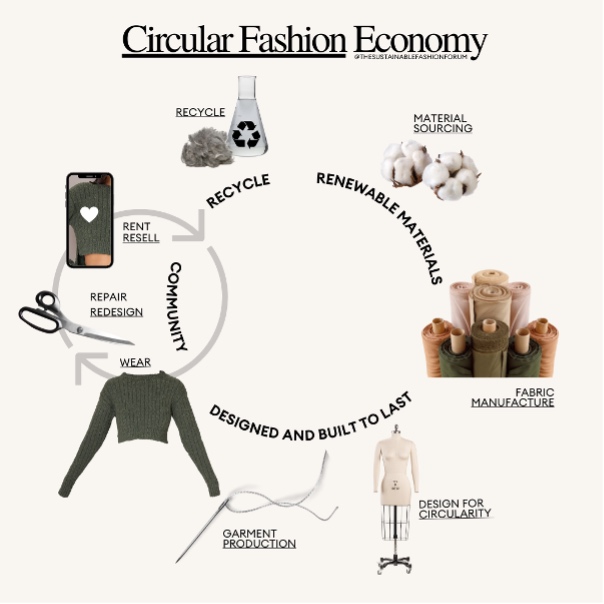
Through international cooperation, there are measures taken to eradicate such problems in this industry such as the Better Cotton Initiative (BCI), recognized as the most extensive cotton sustainability program globally, strives to improve cotton production on a global scale. Similarly, The Better Cotton Initiative (BCI), acknowledged as the largest cotton sustainability program worldwide, is dedicated to enhancing cotton production at a global level. Its primary objectives are to improve the livelihoods of those engaged in cotton cultivation, advocate for environmental sustainability in cotton-growing areas, and secure a brighter future for the cotton industry as a whole. There is International Labour Organization (ILO) actively advocates for fair and equitable labor practices within the textiles, clothing, leather, and footwear industry.
The Plight of Models
Models carry the fashion industry and not just catwalks on the runway. They bring the clothes to life, allow the designers to make improvements and let you, as the consumer have an idea of what you will be purchasing.
Models represent the beauty standards, the perfect body. But here’s the thing, the ‘perfect body’ changes every few decades from androgenous figures of the 20s to the voluptuous curvy body of the 50s to the heroin chic of the 90s. Models are forced to maintain that perfect figure. This is what the fashion magazines with their glamourous models on the front covers never tell you. Eating disorders run rampant throughout the fashion industry. Models are very often not given control over their own bodies. Contracts are signed between companies and models where they get to do whatever they want to the model’s hair or skin. This extends to cosmetic surgeries as well.
Everyone knows how rich and famous Gigi Hadid, Vittoria Ceretti and Kendall Jenner are. But reaching that level of fame in the industry is next to impossible. Modelling Agencies will tell you that they pay their models in exposure Models are underpaid and abused.
This mistreatment of models has gone on for decades though the #MeToo movement did bring a lot of these problems to light.
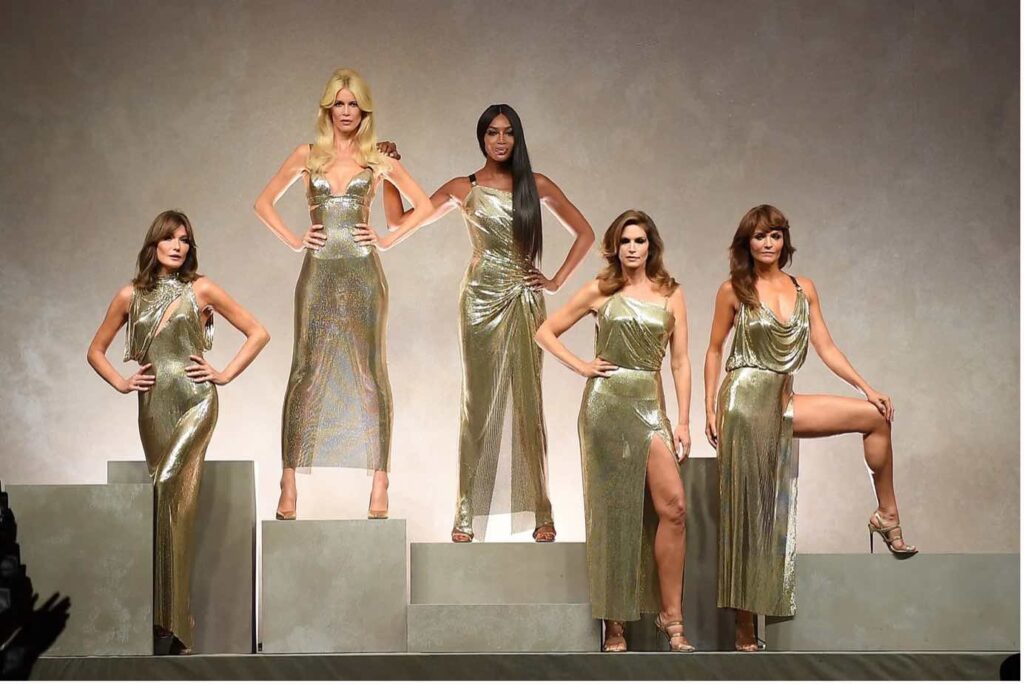
The Fashion Industry in India
The Indian fashion industry is valued at over $60 billion and is expected to grow at a compound annual growth rate (CAGR) of around 15% in the coming years. The industry is made up of several types of companies, including shops, design sourcing, and sales firms. The Indian textile industry is estimated to be around $108 billion and is expected to reach $223 billion by 2021. The industry employs over 45 million people directly and 60 million people indirectly.
The Indian fashion industry is constantly evolving, blending tradition with innovation. In 2023, some of the top trends include sustainable fashion, floral prints, bold hues, statement sleeves, and fusion fashion. Mumbai is known as the summer fashion capital of India. The city is a commercial and entertainment hub, and is influenced by Bollywood. Mumbai has a wide range of international and local brands and markets that cater to every style and budget. Other cities in India that are important centers of fashion designing and manufacturing include: Delhi, Kolkata, Chennai, Bangalore, Hyderabad, Pune.
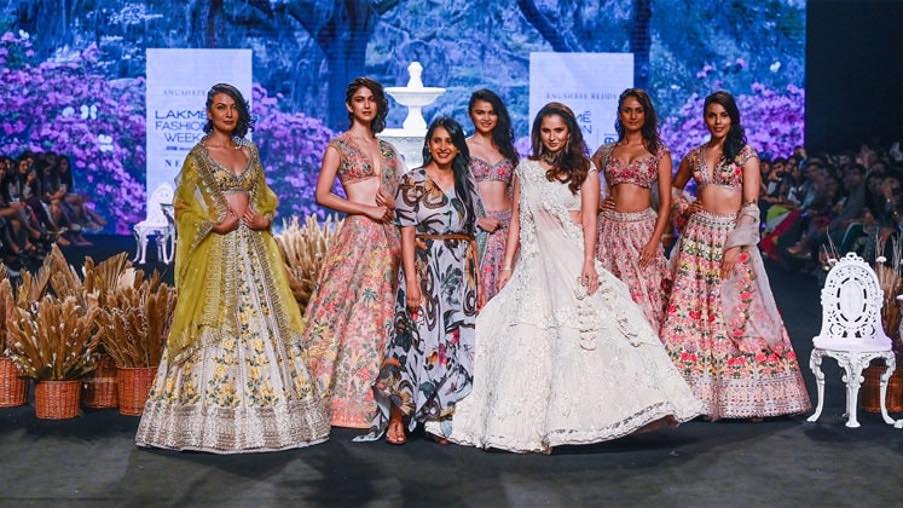
The textile and apparel industry rightly picked up the small vacuum created by China in manufacturing space and gained momentum elevating the global presence of India in fashion. But the Indian textiles sectors faced the worst strike of cancellation of 83% of the exports, shutting down of retail outlets gave a feeling that the fashion industry’s existence is jeopardized.
Popular Fashion Brands and Their Market Capitalisation
The textile and apparel industry rightly picked up the small vacuum created by China in manufacturing space and gained momentum elevating the global presence of India in fashion. But the Indian textiles sectors faced the worst strike of cancellation of 83% of the exports, shutting down of retail outlets gave a feeling that the fashion industry’s existence is jeopardized.
BRANDS
Louis Philippe Jeans
Allen Solly
Peter England
Pantaloons
Sabyasachi
Masaba
Arrow U.S Polo Assn Calvin Klein Tommy Hilfiger |
The Raymond
Park Avenue
Parx
BRAND OWNER
Aditya Birla Fashion And Retail Limited
Arvind Limited
Raymond Limited
MARKET VALUE
USD 3 billion |
USD 1.6 billion
USD 1 billion |
The Garment Industry of Bangladesh
There has been a massive shift in Bangladesh’s economy over the period of time. These shifts have been primarily due to their growth in garment industry. Today, Bangladesh stands as one of the leading global exporters of garments, with the Ready-Made Garment (RMG) industry contributing a significant 84 percent to the country’s total exports. This achievement is a result of the industry’s swift expansion and modernization in the last ten years, accompanied by substantial improvements in the working conditions for around four million Bangladeshi garment laborers.
In the last ten years, the evolution of Bangladesh’s Ready-Made Garment (RMG) industry was partly instigated by a sequence of workplace disasters that resulted in the tragic loss of over 1,000 garment workers’ lives and garnered global attention. The incidents, such as the 2012 Tazreen factory fire and the 2013 Rana Plaza factory collapse, brought significant attention to severe issues in working conditions.
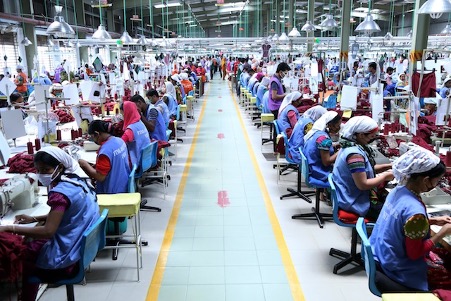
Conclusion
The fashion industry is a global economic powerhouse, yet it poses serious environmental challenges. It contributes to pollution, resource depletion, and climate change, driven by excessive water use, chemical usage, and carbon emissions. Additionally, it generates substantial waste throughout its lifecycle. Socially, the industry faces labor rights issues, with many workers enduring low wages and unsafe conditions, especially in low-wage countries. The fashion industry’s future hinges on a transition to more sustainable and ethical practices, driven by consumer awareness and industry-wide changes.
Written by – Sowmya G & Irum Asif
Edited by – Mir Irfan Ali & Shamonnita Banerjee

